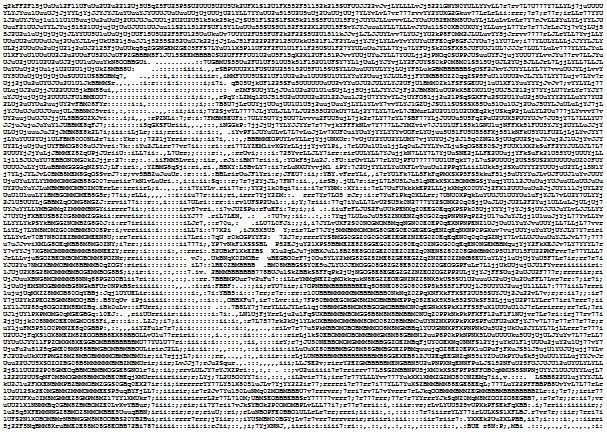
The history of ASCII porn - artwork created using text characters to form erotic images - stretches back decades before the modern internet era. This unique art form continues to thrive today across various online platforms.
ASCII (American Standard Code for Information Interchange) emerged in the 1970s as a way to represent English characters digitally. Creative minds soon began arranging these characters to craft images, including adult content. Simple representations like "( . )( . )" for breasts or "8==D" for male anatomy marked the beginning of this artistic expression.
The earliest examples of text-based erotic art potentially date back to medieval times, when scribes would create intricate illustrations using careful lettering. By the 1960s, with the advent of teletext and early computing, ASCII porn found new mediums for distribution.
During the pre-internet era, these artworks spread through bulletin board systems (BBSes), Usenet forums, and even physically via floppy disks. ASCII porn had a distinct advantage - it loaded instantly as text, unlike slow-downloading image files on dial-up connections.
The ASCII art community developed its own culture, with artists known by three-letter signatures and distinctive styles. Notable artists like Joan Stark ("jgs") and Vuk Ćosić gained recognition for their work. Ćosić's "Deep ASCII," a text-based conversion of the 1972 film "Deep Throat," earned museum exhibitions.
Today's ASCII porn continues across social media, chat servers, and dedicated forums. However, artists face challenges with attribution, as their work can be easily copied and shared without credit. Despite these issues, the art form persists as both a creative outlet and a nostalgic reminder of early digital expression.
The enduring appeal of ASCII porn lies in its blend of technical constraints, artistic innovation, and the playful spirit of early internet culture. While technology has evolved dramatically, this unique art form maintains its place in digital creative expression.